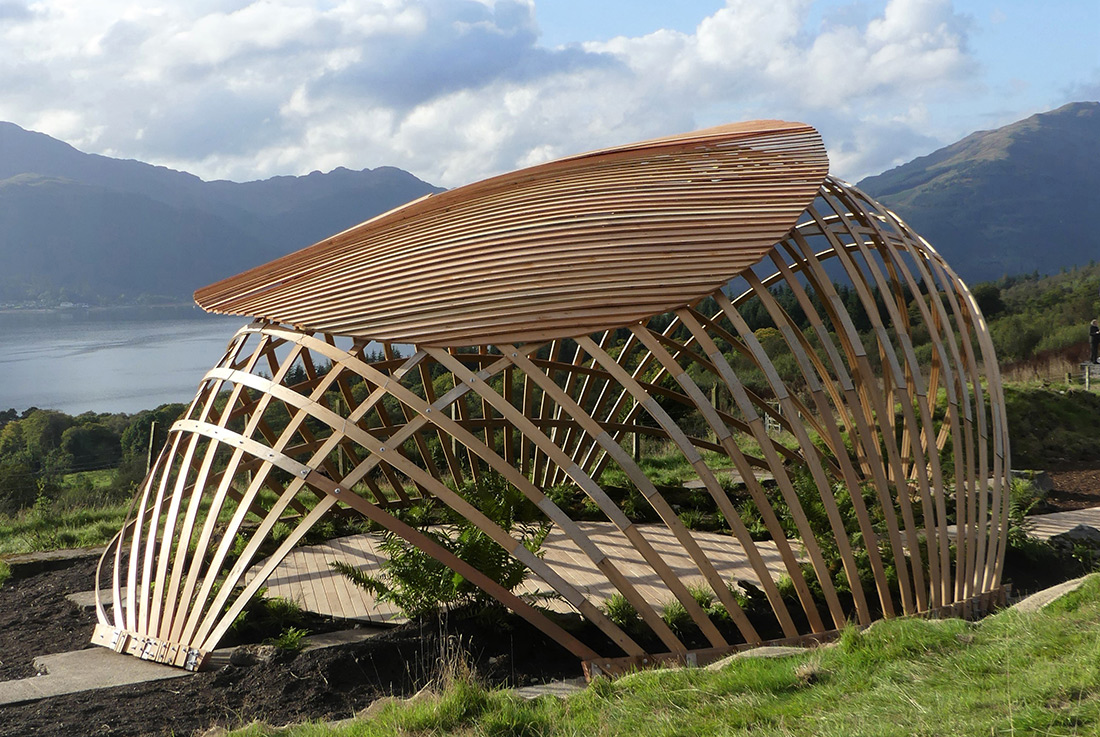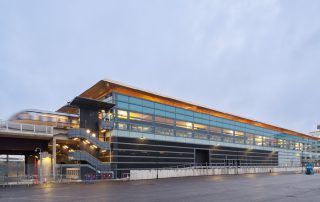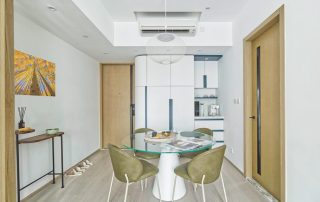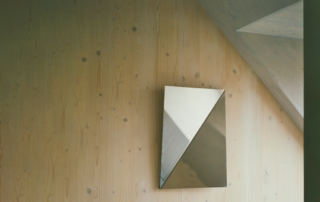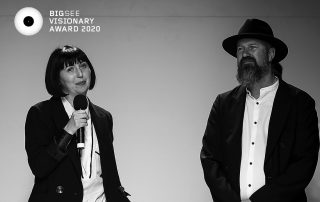Young Architects will spend their careers responding to climate crisis. Addressing that challenge, this project brought together young designers from 17 disciplines in a north-south collaboration to create structures in Scotland and Ghana. The group explored low-carbon, non-toxic technologies, natural fibres and bio-composites, constructing a curvilinear wood gridshell, and grew furniture from mycelium in four days. The process fused landscape and building architecture to create meaningful spaces. Semi-enclosed, the timber gridshell imitates original Scottish Rainforest conditions of shade and shelter, a learning space that brings people’s attention in close, reducing environmental stresses. We learned that by recognising our place in nature we can re-discover what it is to be human. We learned how bio-materials can help us grow our way to a zero-carbon future. We learned that diversity brings strength. We learned that trying to achieve something new comes with the risk of failure, but we must take that risk. And we learned how Architects across the world face a common design challenge – one that can only be solved together.
What makes this project one-of-a-kind?
The project uses only bio-materials – wood, mycelium, hemp and plants – to have a net positive environmental impact. It uses no plastic or concrete, and developed a curvelinear design to be built off of existing linear foundations. It was developed in parallel with a sister project in Ghana
as an exploration of the future of design for COP 26.
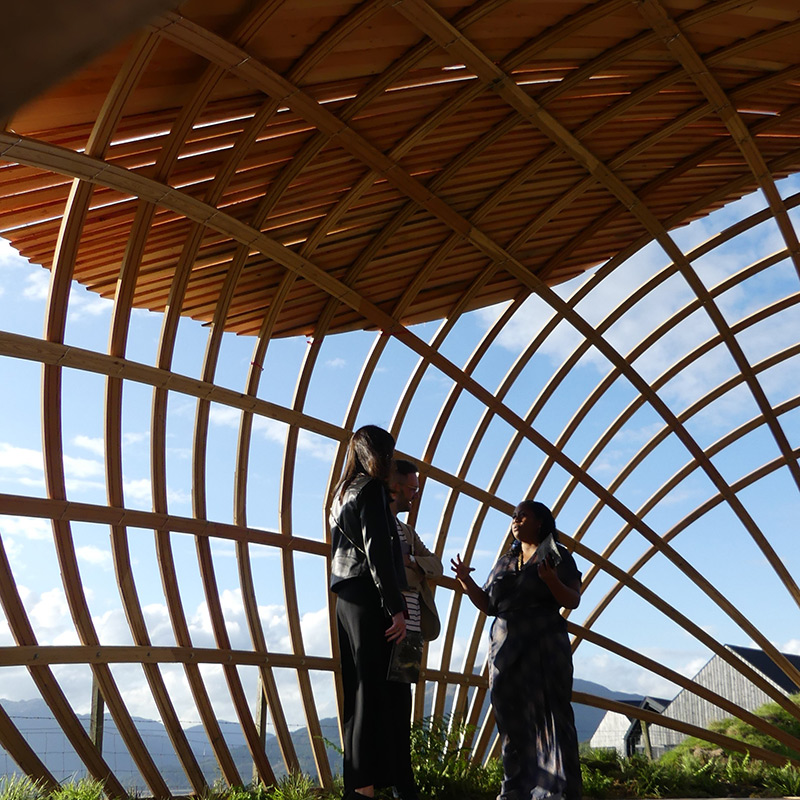
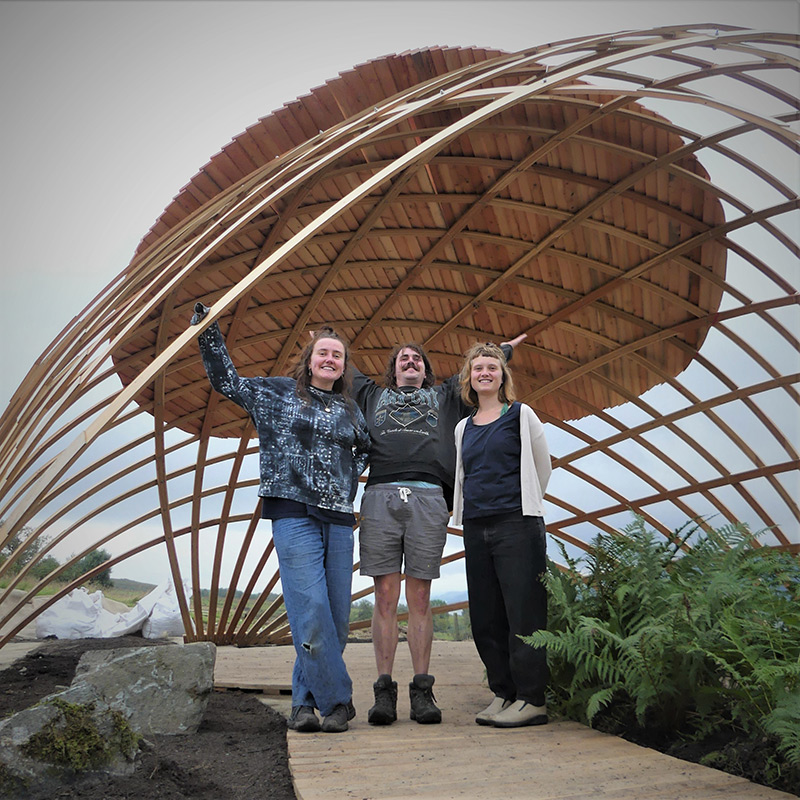
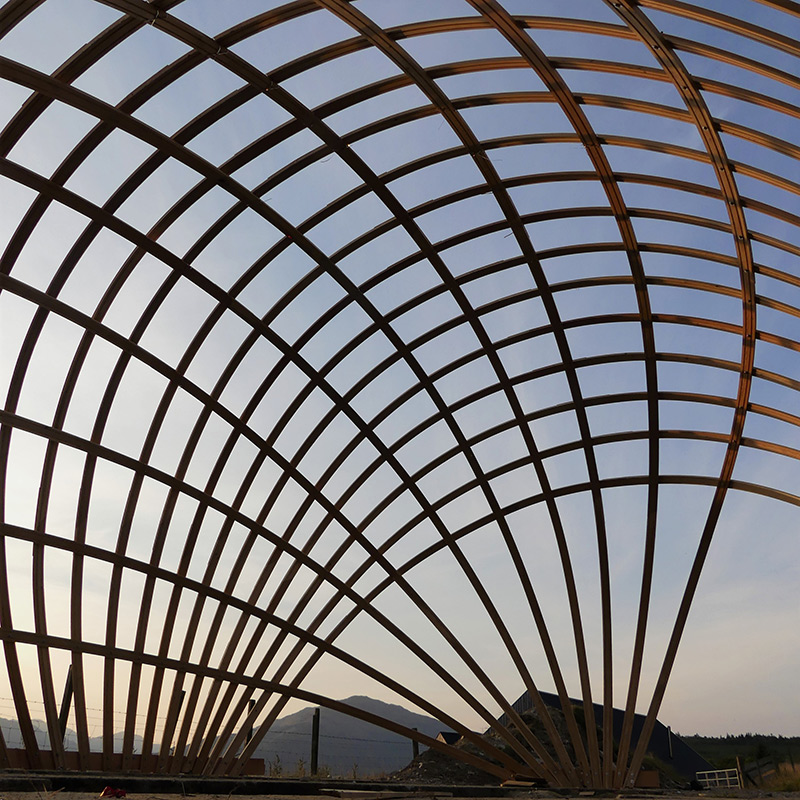
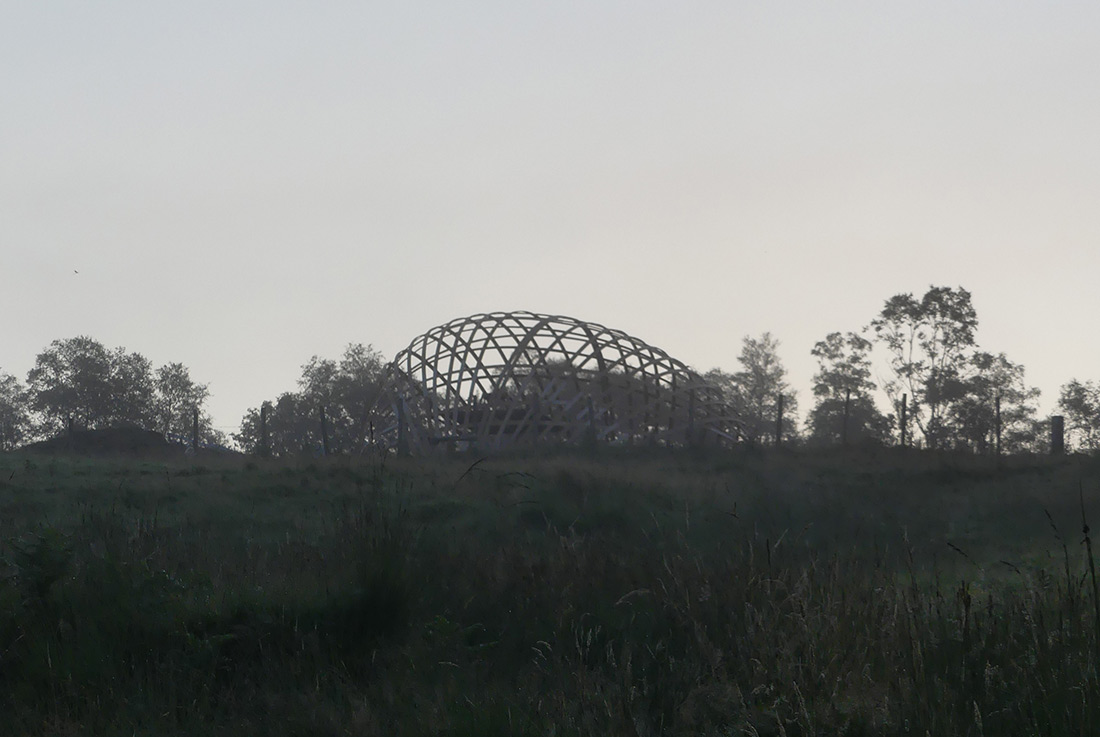
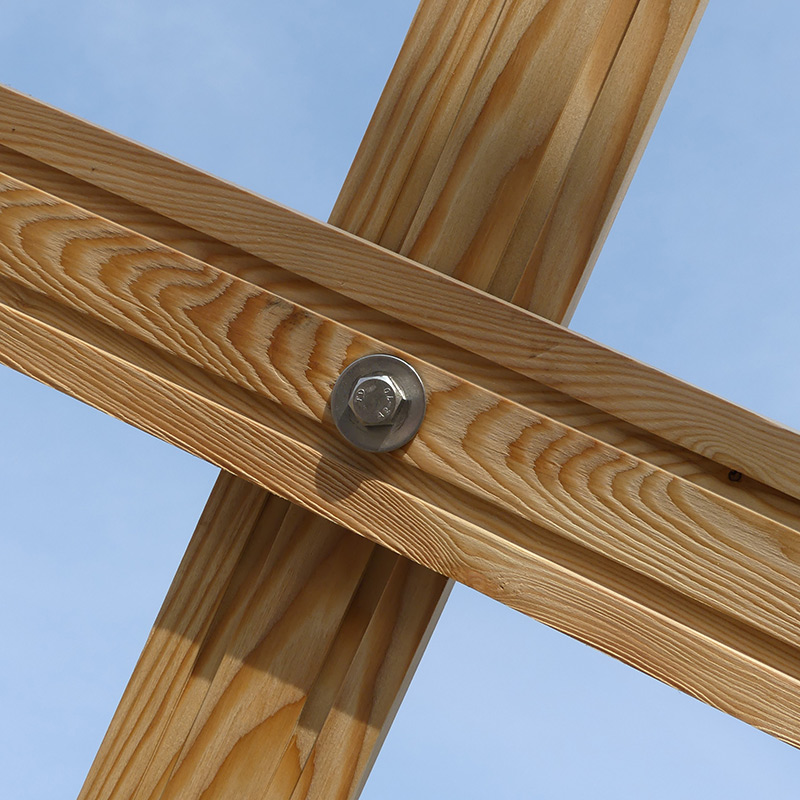
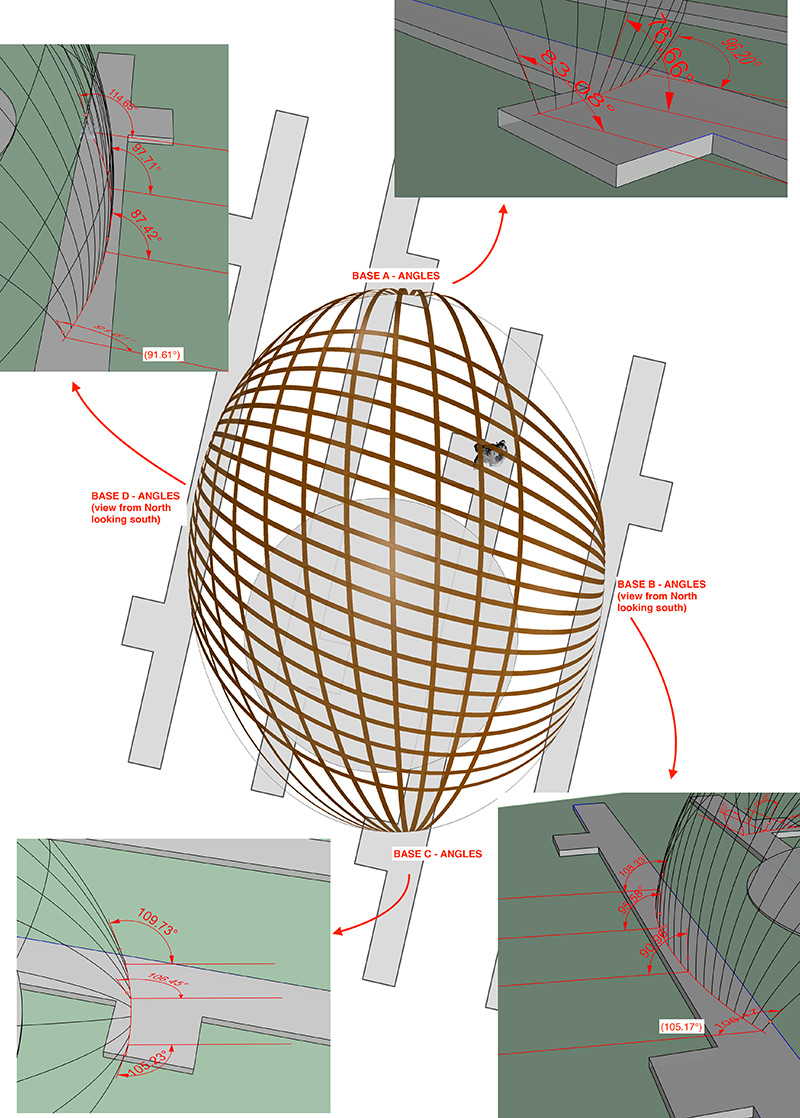

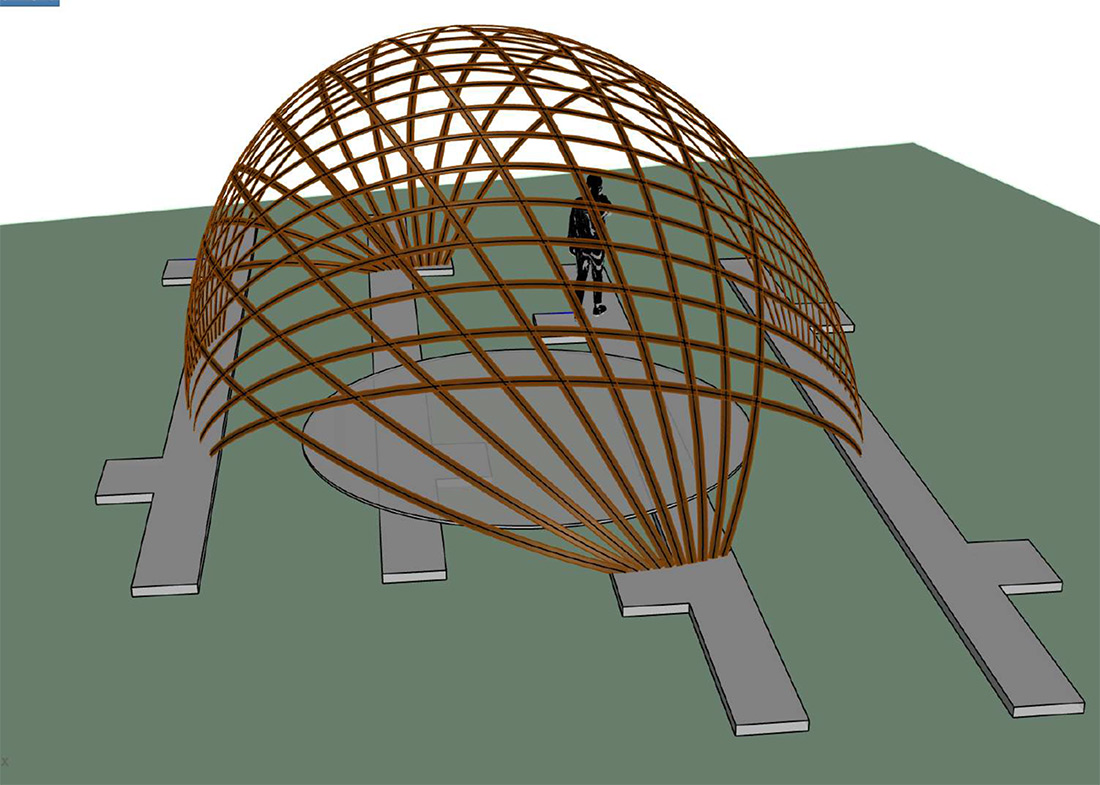
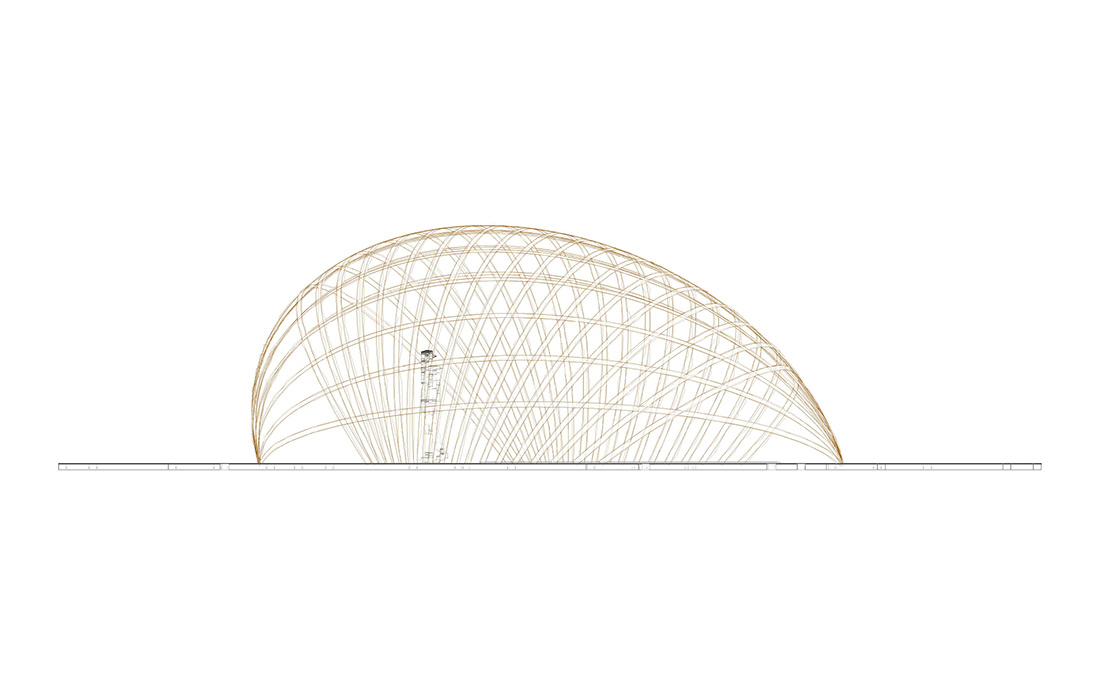
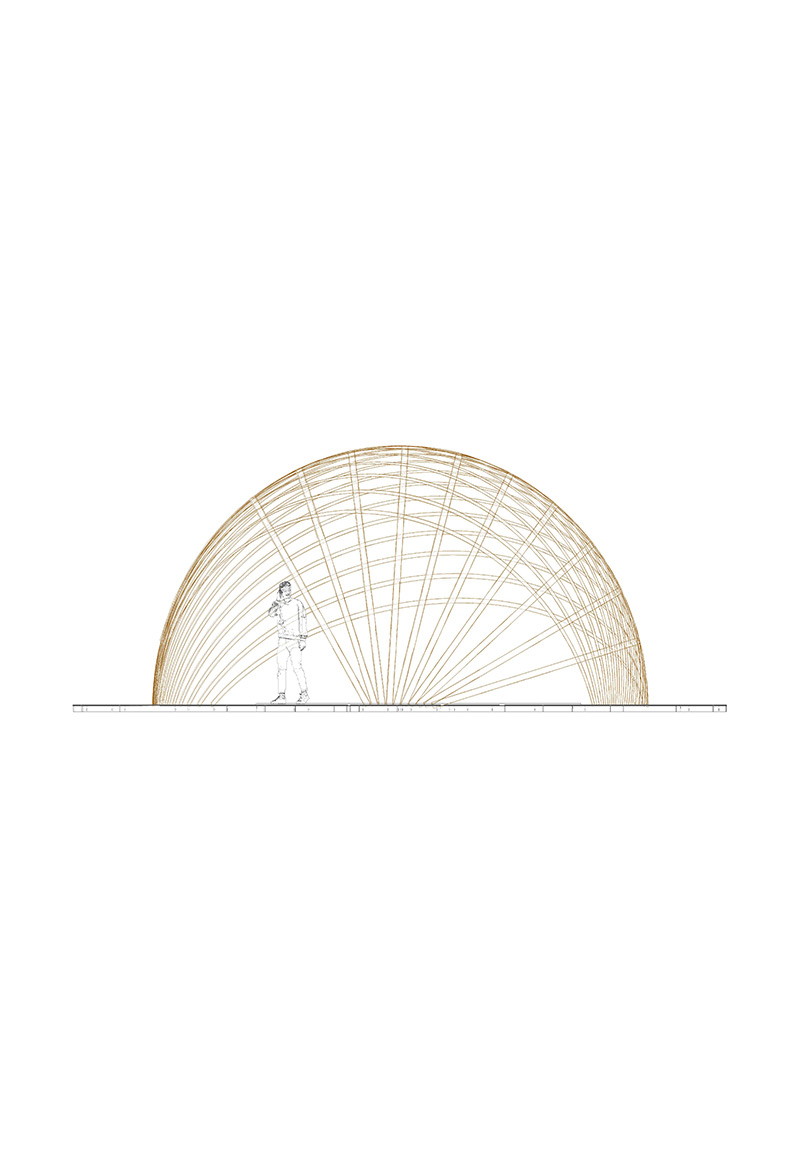
Credits
Architecture
Arc Architects Ltd
Main contractor for wood construction
Rebearth – Becky Little
Client
Cove Park
Year of completion
2021
Location
Cove Park, Peaton Hill, Cove, Argyll & Bute, Scotland, UK
Total area
75 m2
Site area
120 m2
Photos
Tom Morton
Project Partners
Mae-ling Lokko, Chas Heath, Volunteers from the Macintosh School of Architectur, Royal Botanic Gardens Edinburgh and local community, Narro Associates, ERZ Landscape Architects, Russwood Ltd.


